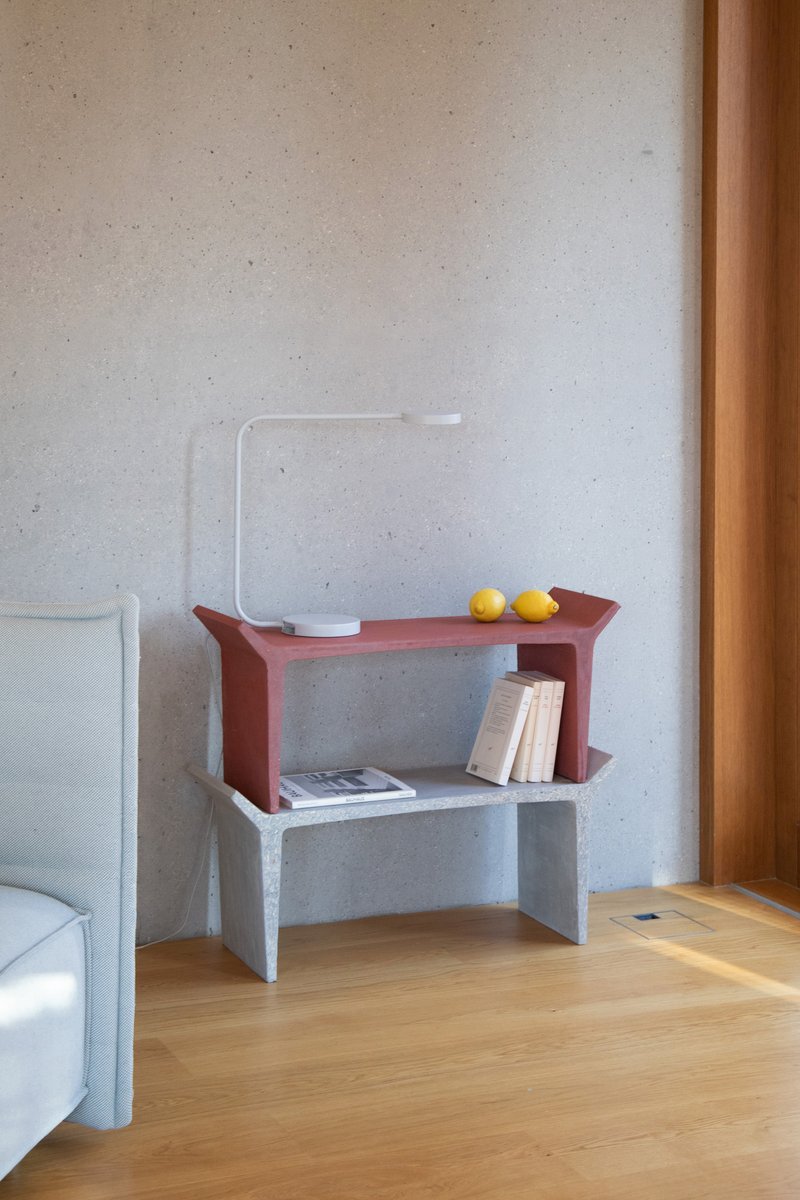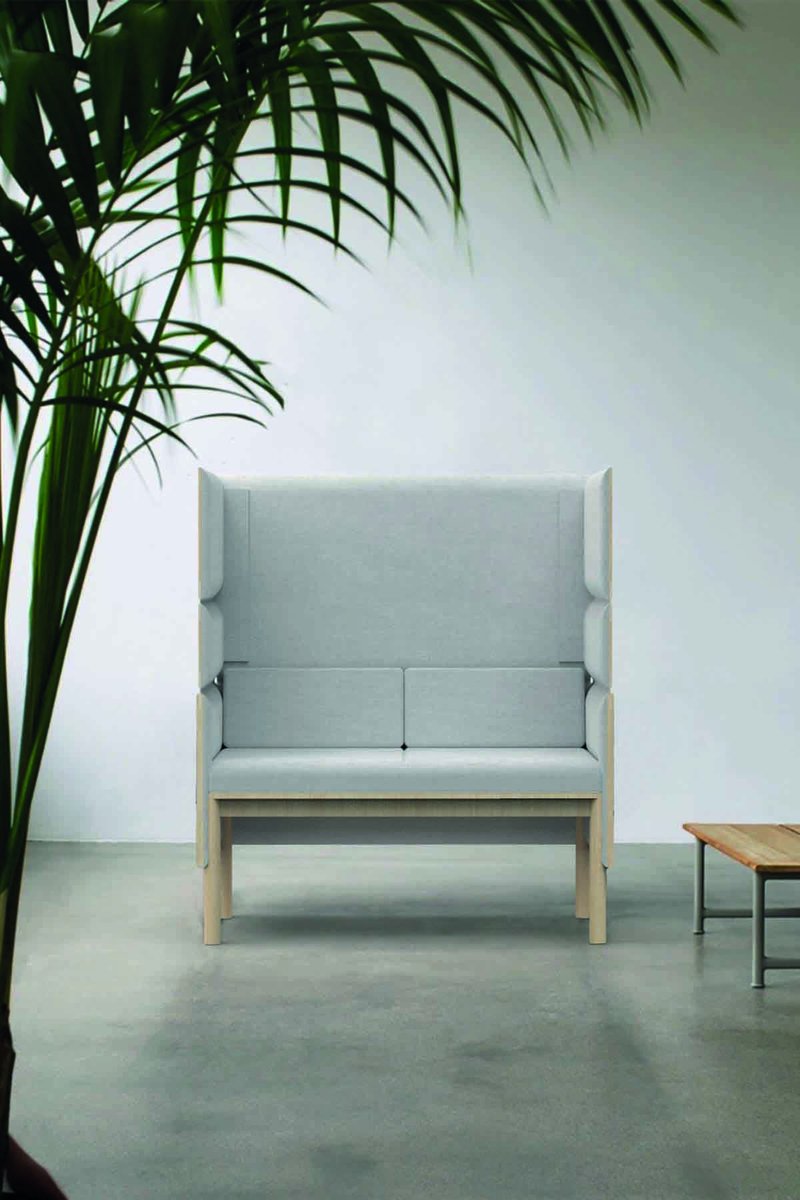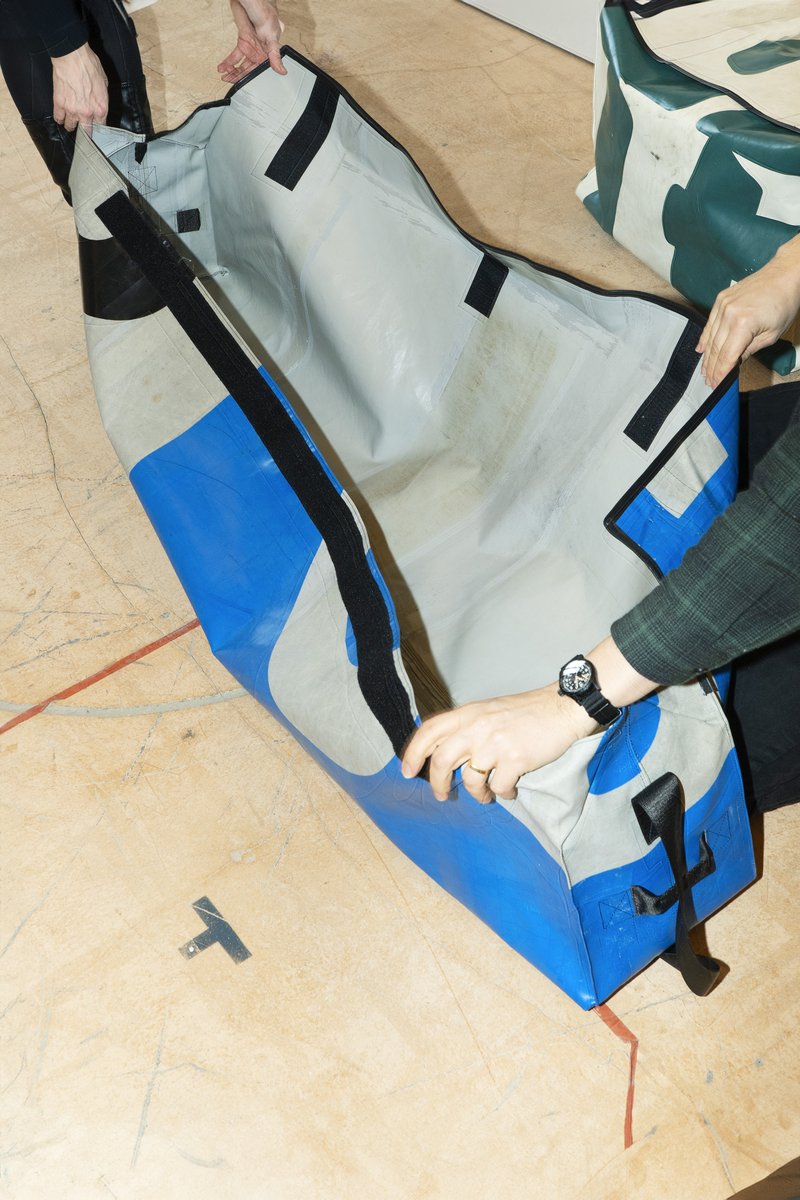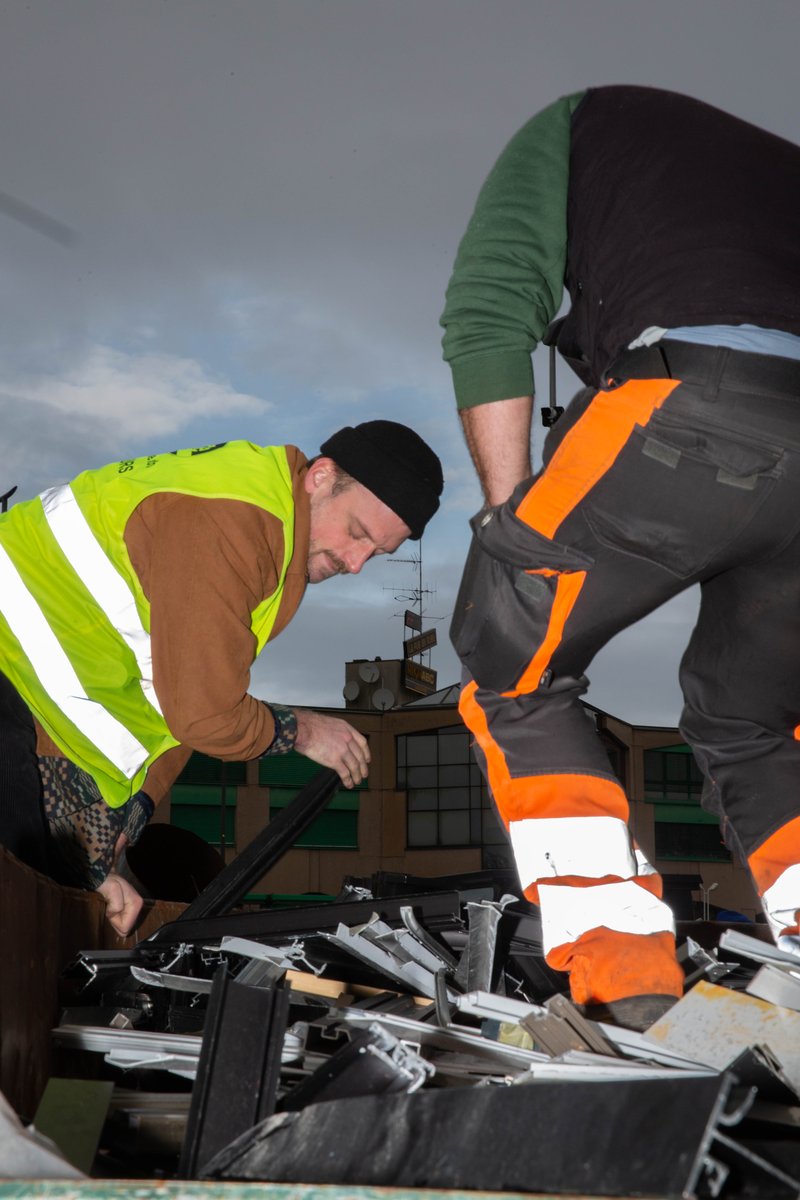
BA INDUSTRIAL DESIGN
DNA – 2022
with Wieki Somers
Second year BA Industrial Design students had to formulate their own brief instead of getting one from their teachers. In the project's introduction, they were assigned the task of introspectively mapping their own design DNA by contemplating the question: What defines my essence as a designer? They introduced a clear brief related to their own fascinations and relevant topics in the field of design and in the time we live in. Then thes students developed a concept for a product from an original idea and artistic vision. The results are expressed in the form of products, pieces of furnitures, accessories, proposing a new vision and a new way of producing. The areas of interest are diverse, spacing from open-source projects to process fascination.


















